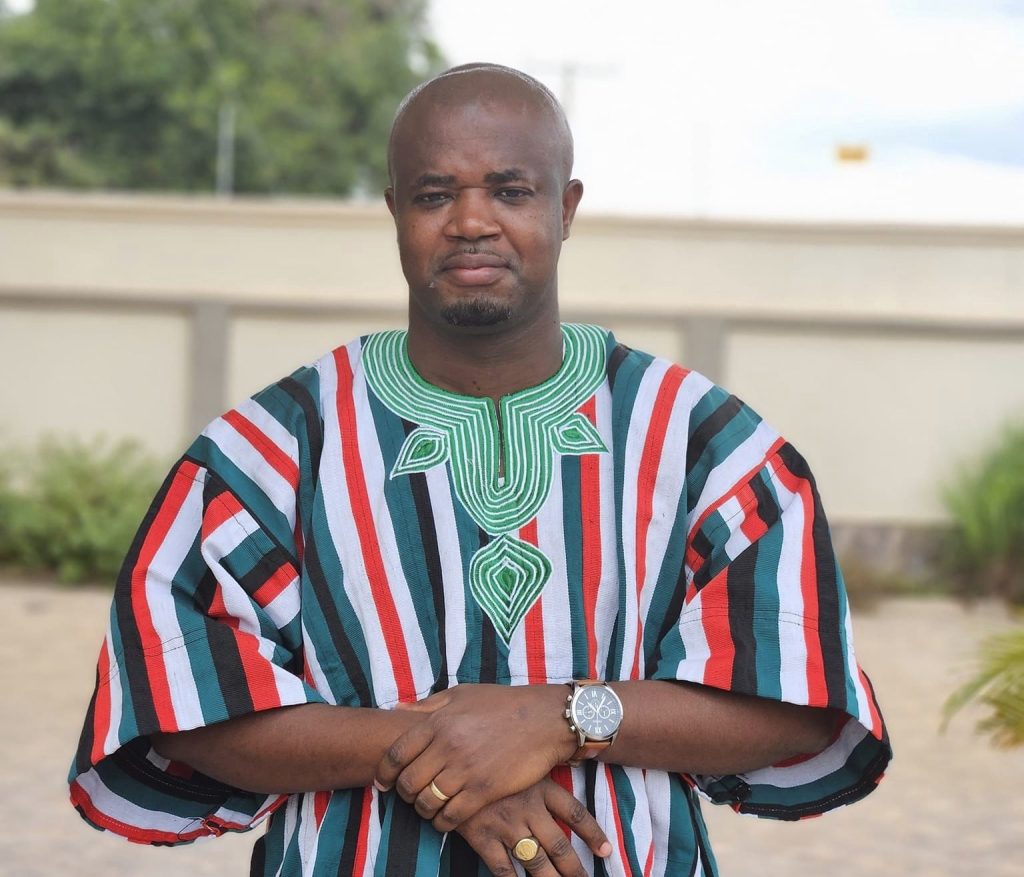Chief Executive Officer (CEO) of the National Petroleum Authority (NPA), Godwin Edudzi Tameklo, has said that the Republic of Ghana should find a way to immortalise the memories of the victims of the helicopter accident.
He described them as men who died in the line of duty. Speaking on the New Day show on TV3, Monday, August 11, he said:
“The Republic should find a way to immortalise their memories… They died in the line of duty.”
He added:
“The lesson from this disaster will live with us.”
Announcing the tragic accident, the Chief of Staff, Julius Debrah, said on Wednesday, August 6, that Defence Minister Dr. Edward Omane Boamah was among those who died in the crash. Also on board were Minister for Environment Murtala Mohammed, former Ashanti Regional Minister Samuel Sarpong, Acting Deputy National Security Coordinator Muniru Mohammed, and Samuel Aboagye, a former Member of Parliament and Vice Chairman of the NDC.
The crew members were Squadron Leader Peter Bafemi Anala, Flying Officer Mane-Twum Ampadu, and Sergeant Ernest Addo Mensah.
The Ghana Armed Forces (GAF) confirmed in a statement that the helicopter, which took off from Accra and was headed to Obuasi, went off the radar before crashing on Wednesday, August 6.
Meanwhile, sharing his views on the matter, former Air Force officer Wing Commander Patrick Nelson Sogbodjor said that rumours of sabotage in the crash are unlikely to be true. He explained that the aircraft was based at a secure Air Force facility, making unauthorised access extremely difficult.
“For anyone to sabotage it, they would need access to the base and the aircraft. That is not easy unless you are a trained technician. Even then, it would be detected during pre-flight checks,” he said.
Sogbodjor dismissed suggestions that small arms fire could have brought down the Z-9, noting that only a missile could achieve that, and there is no evidence of such an attack.
He said that although the black box from the helicopter has been found, it cannot simply be opened for immediate answers. It must be sent to the aircraft’s manufacturer, or their team must come to Ghana to open it and decode the data.
Regarding speculation that poor weather may have contributed to the crash in the Ashanti Region, he said conditions were not severe enough to ground the flight. He explained that pilots receive up-to-date weather information before any mission and must get clearance from the control tower.
The Z-9 helicopter involved, he added, is capable of flying in all weather, even at night, using instruments when visibility is poor. The aircraft, donated by China about two years ago, is a military-adapted version of the French Eurocopter Dolphin with a long service history and multiple uses, including passenger transport, equipment carriage, search and rescue, and anti-submarine missions.
While the Z-9 is capable and modern, Sogbodjor noted that all machines, no matter how sophisticated, are prone to mechanical failure over time.
Meanwhile, sharing his views on the matter, former Air Force officer Wing Commander Patrick Nelson Sogbodjor said that rumours of sabotage in the crash are unlikely to be true. He explained that the aircraft was based at a secure Air Force facility, making unauthorised access extremely difficult.
“For anyone to sabotage it, they would need access to the base and the aircraft. That is not easy unless you are a trained technician. Even then, it would be detected during pre-flight checks,” he said.
Sogbodjor dismissed suggestions that small arms fire could have brought down the Z-9, noting that only a missile could achieve that, and there is no evidence of such an attack.
He said that although the black box from the helicopter has been found, it cannot simply be opened for immediate answers. It must be sent to the aircraft’s manufacturer, or their team must come to Ghana to open it and decode the data.
Regarding speculation that poor weather may have contributed to the crash in the Ashanti Region, he said conditions were not severe enough to ground the flight. He explained that pilots receive up-to-date weather information before any mission and must get clearance from the control tower.
The Z-9 helicopter involved, he added, is capable of flying in all weather, even at night, using instruments when visibility is poor. The aircraft, donated by China about two years ago, is a military-adapted version of the French Eurocopter Dolphin with a long service history and multiple uses, including passenger transport, equipment carriage, search and rescue, and anti-submarine missions.
While the Z-9 is capable and modern, Sogbodjor noted that all machines, no matter how sophisticated, are prone to mechanical failure over time.

